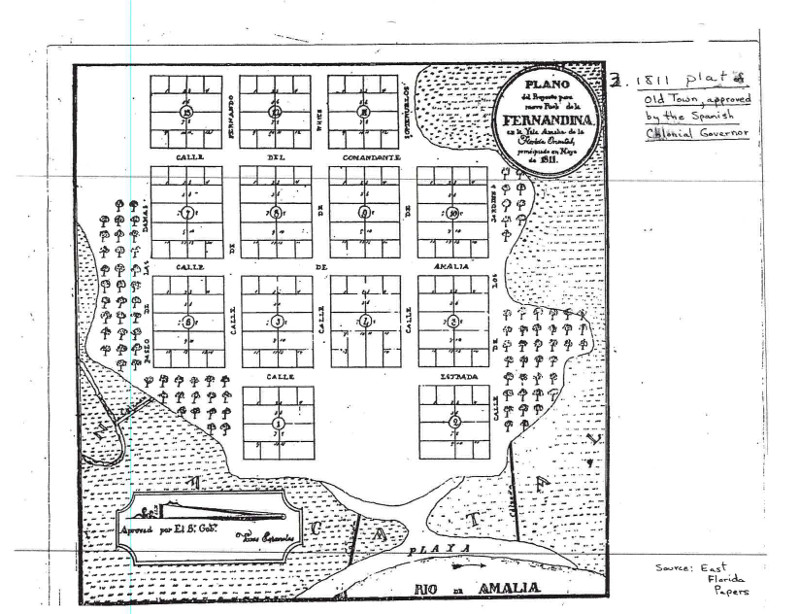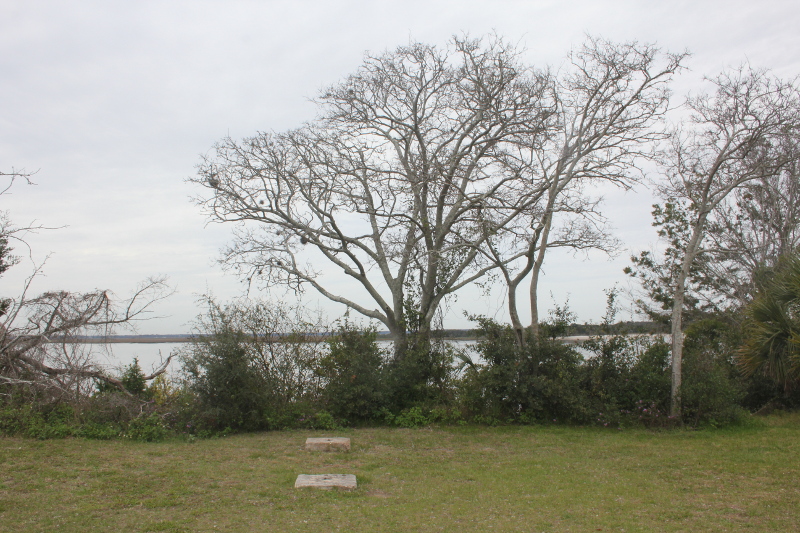On a site high above the Amelia River sits the parade field once known as Plaza San Carlos, today known as Fernandina Plaza Historic State Park, or simply the Plaza. Although the wooden Spanish Fort San Carlos has been replaced by a family neighborhood of old Victorian houses, the Plaza is still here.

Due in part to its prime location, this area once served as a campsite for pre-historic natives, perhaps as early as 2000-1000 BC. It became the northernmost military post of Spanish Florida in 1675, and a Franciscan village of Native Americans was established along with a Spanish sentinel’s house to keep watch on the British across the river in Georgia. From 1736 to 1742, James Oglethorpe stationed British troops here. After their withdrawal, this area served as a buffer zone between British Georgia and Spanish Florida until 1763 when Florida became a British territory. When Spain regained control of the state, Fernandina Plaza is where the British loyalists boarded ships and left Florida.

From there, the shifting and struggles continued. Following the Embargo Act of 1807, Fernandina became a center for smuggling. Privateers and pirates captured the Plaza and fought for control over it for several years. On March 17, 1812, a group of Americans known as the Patriots overthrew the Spanish battery, but their flag was replaced by the official U.S. government one day later. The Spanish regained control again in May 1813 and completed Fort San Carlos in 1816. Made of wood and earthworks, the fort eventually fell to the ravages of time, and today we can only guess exactly where it once stood.
After decades of change and centuries of use, the Plaza now sits silent on the quiet bluff overlooking the Amelia River, preserved in perpetuity for Florida and its visitors.
